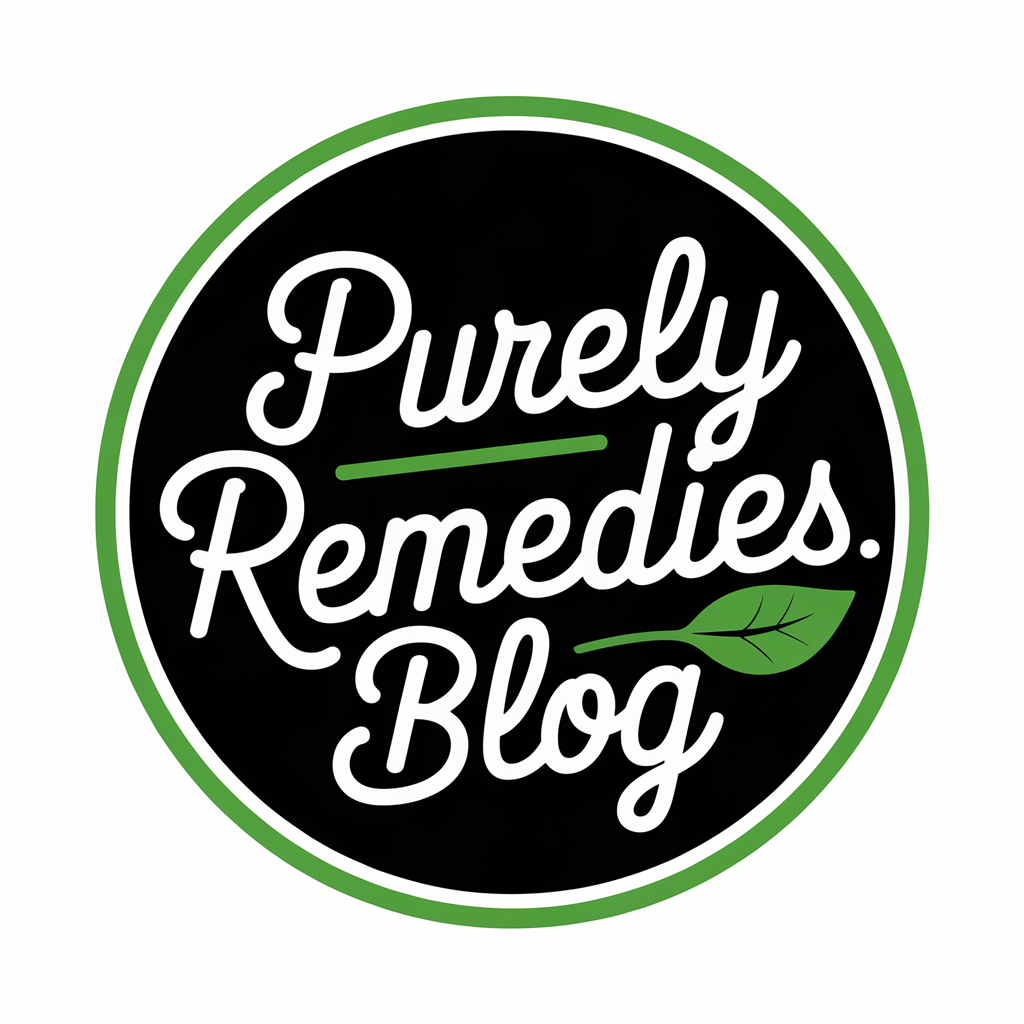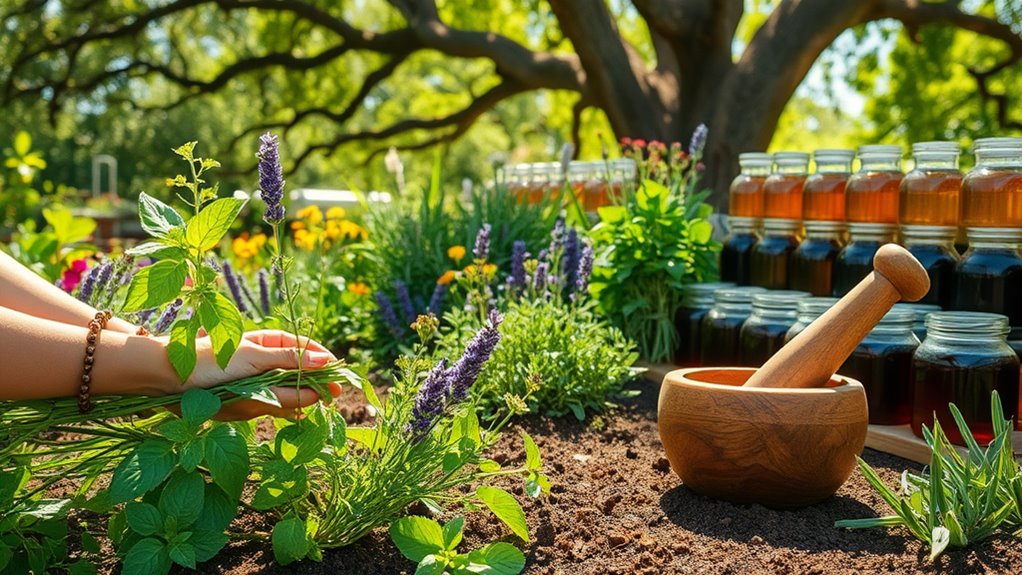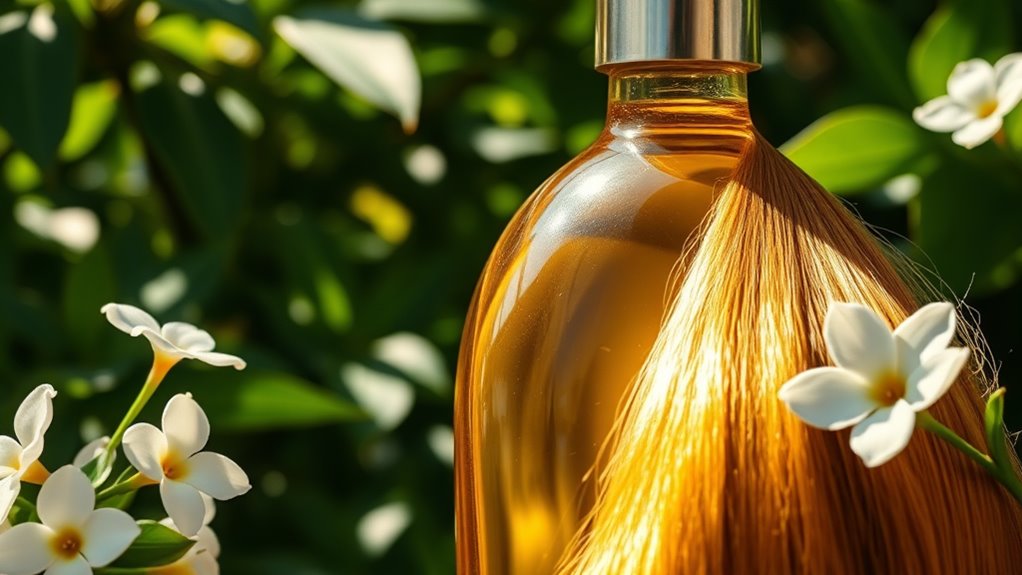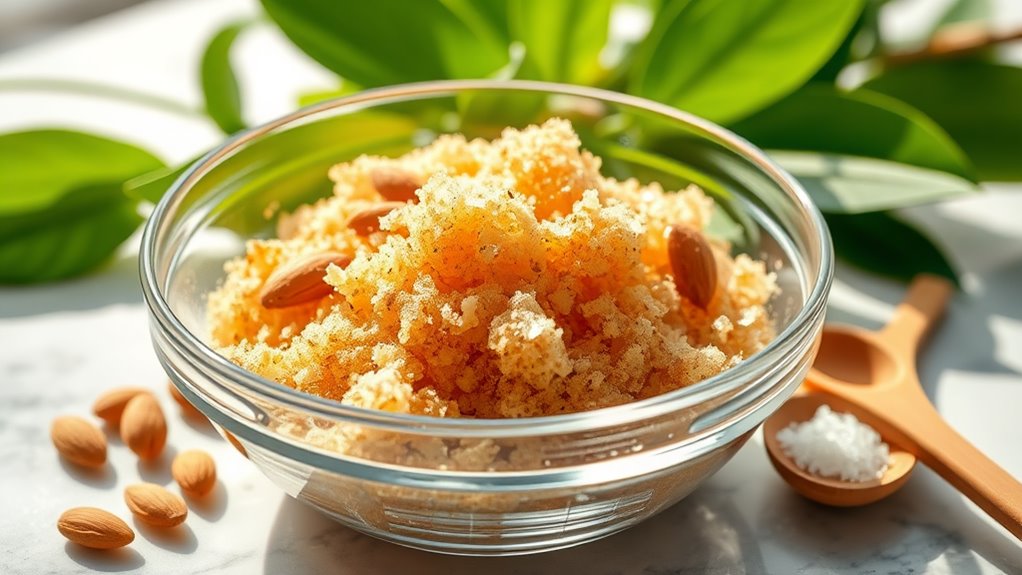Ancient Plant-Based Healing Practices Making a Comeback
Imagine walking through a lush garden, where the aroma of herbs fills the air and ancient wisdom whispers from every leaf. As modern wellness practices increasingly embrace these time-honored plant-based remedies, you might wonder how the knowledge of our ancestors can enhance your health today. Explore the fascinating journey of these healing traditions and discover the potent plants that could transform your approach to well-being.
Historical Roots of Plant-Based Healing
The historical roots of plant-based healing stretch back thousands of years, intertwining with the earliest human civilizations. You’ll discover that ancient plant healing practices emerged as people sought remedies from their natural surroundings. From the Egyptians using garlic for strength to the Chinese employing ginseng for vitality, these traditions highlight a deep connection with nature. As you explore these practices, you’ll realize that herbal knowledge was often passed down through generations, reflecting both cultural wisdom and a profound respect for the earth. Engaging with this legacy not only enriches your understanding but also invites you to experience healing in a holistic way. Additionally, the resurgence of ancient practices in modern holistic health underscores their enduring relevance and effectiveness.
Traditional Methods and Practices
As you explore traditional methods and practices, you’ll encounter the rich tapestry of herbal remedies woven through history. Each culture brings its unique plant traditions, offering insights into how ancient societies harnessed nature’s gifts for healing. Many of these practices are rooted in ancient plant-based healing techniques that emphasize the synergy between plants and wellness.
Herbal Remedies in History
Throughout history, cultures across the globe have relied on herbal remedies to address various health issues, drawing from nature’s vast pharmacy.
You’ll find ancient texts detailing the use of plants like garlic for heart health or chamomile for digestion.
Healers often combined these herbs with spiritual practices, creating a holistic approach to wellness.
In many communities, knowledge was passed down through generations, blending science and tradition.
By exploring these herbal practices, you connect with the wisdom of your ancestors, discovering how nature’s gifts can support your well-being today.
Embracing these remedies invites a deeper relationship with the world around you.
Cultural Plant Traditions
Cultural plant traditions reveal a rich tapestry of traditional methods and practices that have been honed over centuries. You’ll discover that diverse cultures employ unique plants for healing, each rooted in their history and environment.
| Culture | Plant Used | Healing Purpose |
|---|---|---|
| Ayurveda | Tulsi (Holy Basil) | Stress Relief |
| Native American | Sage | Cleansing and Protection |
| Chinese Medicine | Ginseng | Energy Restoration |
Key Plants Used in Ancient Remedies
Ancient remedies often relied on a variety of key plants, each valued for their unique healing properties.
For instance, garlic was celebrated for its antibacterial effects, while chamomile soothed digestive issues and offered calming benefits.
You might find ginger used to alleviate nausea, and peppermint for headaches.
Turmeric, with its anti-inflammatory qualities, played a crucial role in many cultures.
Echinacea boosted immune function, while sage was often used for respiratory ailments.
By exploring these plants, you’ll connect with ancient wisdom, tapping into nature’s gifts to promote wellness and healing in your own life. Additionally, many of these herbal remedies have been shown to promote faster recovery, affirming their relevance in modern healing practices.
Embrace these natural allies for holistic health.
Modern Applications in Holistic Health
In today’s holistic health landscape, you’re likely to notice a resurgence of herbal remedies that have stood the test of time. With a growing emphasis on plant-based nutrition, you can explore how these ancient practices are being revitalized to support modern wellness. This revival is supported by scientific backing, which highlights the efficacy of herbal solutions in promoting health and well-being.
Herbal Remedies Revitalized
Herbal remedies are making a vibrant comeback in today’s holistic health landscape.
You might find yourself drawn to the soothing power of chamomile for relaxation or the immune-boosting benefits of echinacea.
These time-honored plants are being integrated into modern wellness routines, offering natural alternatives to conventional treatments.
You can enhance your self-care rituals with herbal teas, tinctures, or essential oils, immersing yourself in their therapeutic properties.
As you explore these remedies, listen to your body and choose what resonates with you.
Embracing herbal healing invites a deeper connection to nature, enriching your overall well-being and lifestyle.
Plant-Based Nutrition Trends
How can you elevate your health while embracing the power of plants?
You can dive into plant-based nutrition trends that emphasize whole foods, seasonal ingredients, and mindfulness in eating.
Explore vibrant fruits, nutrient-rich vegetables, and wholesome grains to fuel your body naturally. Consider integrating fermented foods for gut health and adaptogens to manage stress.
As you experiment with new recipes, notice how your energy and mood transform. Join local community gardens or cooking classes to connect with like-minded individuals.
Scientific Validation of Ancient Practices
What evidence backs the ancient plant-based healing practices that have stood the test of time? Research increasingly supports these time-honored methods, validating their effectiveness. Here are three key points to consider:
- Phytochemicals: Many plants contain compounds that have proven anti-inflammatory and antioxidant properties, aiding in healing processes.
- Clinical Studies: Modern trials often mirror traditional uses, showing significant health improvements in areas like digestion and immunity.
- Holistic Approach: Ancient practices emphasize balance and prevention, aligning with contemporary wellness ideals that prioritize mental, emotional, and physical health integration. Additionally, traditional remedies worldwide showcase the diverse applications of these plant-based practices across different cultures.
These findings illustrate the enduring power of nature in healing.
The Future of Plant-Based Healing in Wellness
As we look towards the future of wellness, can you imagine a world where plant-based healing becomes the cornerstone of holistic health?
You’ll likely experience a shift in how you approach well-being.
Integrating ancient wisdom with modern practices, herbal remedies and plant-based nutrition will play essential roles in personal health journeys.
You’ll discover tailored treatments that resonate with your unique needs, fostering deeper connections to nature.
As communities embrace these healing modalities, expect to see a rise in sustainable practices and increased accessibility.
This blend of tradition and innovation can empower you to thrive in your wellness journey, nurturing body and spirit alike.





